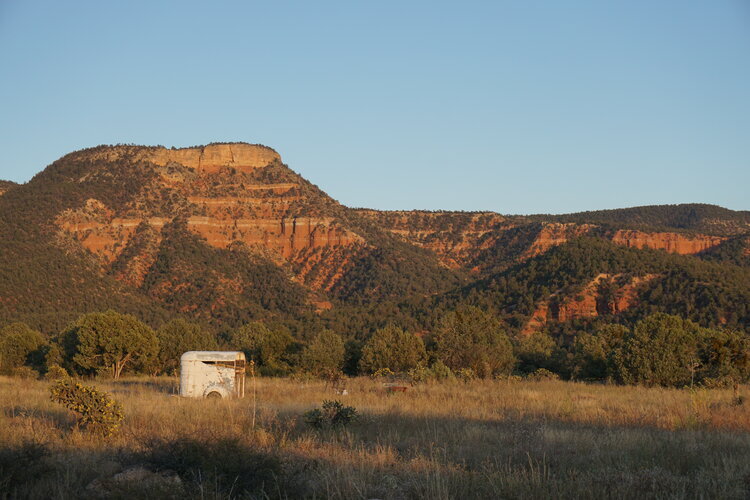The Dry Creek Community Needs Assessment and GIS Mapping Project has been set in motion to assist the Dry Creek Band of Pomo Indians in collecting relevant, accurate, and comprehensive data about the characteristics, demographic trends, and other needs of both the community and physical environment of the Band.
White Mountain Apache Housing Needs Assessment
Whiteriver, Arizona
The White Mountain Apache Housing Authority (WMAHA) initiated the White Mountain Apache Housing Needs Assessment on behalf of the White Mountain Apache Tribe (WMAT) in order to develop forward-looking planning and program management and to identify and measure the needs of communities throughout the Fort Apache Indian Reservation. The Tribe selected Big Water Consulting to coordinate the effort and provide training and technical assistance throughout the project. This housing needs assessment included a household survey that collected data from 654 homes on the reservation and had an overall response rate of 97.2%.
Red Cliff Housing Needs Assessment
Bayfield, Wisconsin
The Red Cliff Reservation is located on the shores of Lake Superior in north Wisconsin near the town of Bayfied, Wisconsin. This area experiences an extreme winter climate and a highly seasonal economy focused primarily on tourism. After completing a successful Tribal Census and Community Needs Assessment in 2018 (97% household survey response rate), the Red Cliff Chippewa Housing Authority launched the Red Cliff Housing Needs Assessment in February 2020 in order to gather data to support and guide planned housing development and which could be used to challenge and replace the Census Bureau data used to determine the Tribe’s housing funding allocation.
Maui Homelands Needs Assessment Project
Kula, Maui
The vision of Pā‘upena Community Development Corporation (CDC) is to fulfill Prince Kūhiō’s century-old dream for native Hawaiians to reconnect with Waiohuli ahupua‘a in thriving agricultural and pastoral communities, and to share this paradigm throughout the pae ‘āina (archipelago). Pā‘upena CDC launched the Maui Homelands Needs Assessment project in February 2020 in collaboration with a number of native Hawaiian homestead organizations and participating staff from the Department of Hawaiian Homelands (DHHL). The project will include a representative household survey involving native Hawaiian households in each of the homestead areas on Maui, a random sample of native Hawaiians on the DHHL waiting list for land leases for Maui, focus groups with community members, community meetings and interviews with knowledgeable local and state-level sources.
Pokagon Tribal Census
Dowagiac, Michigan
The Pokagon Band of Potawatomi has no reservation and its members are distributed throughout the United States and the world. The Band has made great efforts to spur economic development within its service area in Michigan and Indiana and the surrounding region. The Tribal Census, conducted every five years to support a constitutionally mandated comprehensive planning process, was implemented through a mail-out survey delivered to all households with an enrolled Pokagon citizen, regardless of whether they lived inside or outside the Band’s service area. The resulting dataset is now being used to inform decisions related to land acquisition, economic development, education spending, program administration, and the development of new services.
Red Cliff Tribal Census and Community Needs Assessment
Bayfield, Wisconsin
The Red Cliff Indian Reservation is a remote community located on the shores of Lake Superior on the northern tip of the Bayfield peninsula in Wisconsin. It has a recreation and resource-based economy and a large number of seasonally vacant units and second homes. The project, which included a reservation-wide household survey, enabled the Band to correct distortions in existing data resulting from the income disparities and demographic differences between full-time residents (who are generally Native) and seasonal residents (who are generally not). In addition, the data will be used to develop a Comprehensive Plan and identify specific options to address resident needs and create opportunities for individual and collective development.










